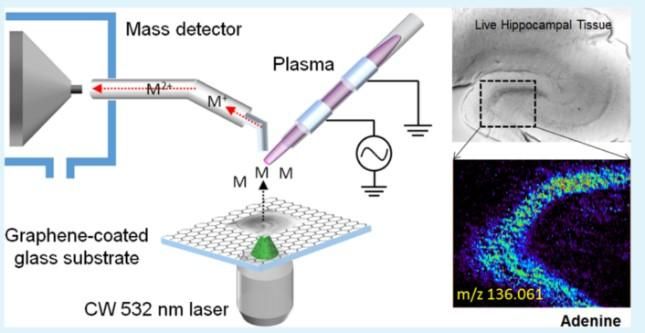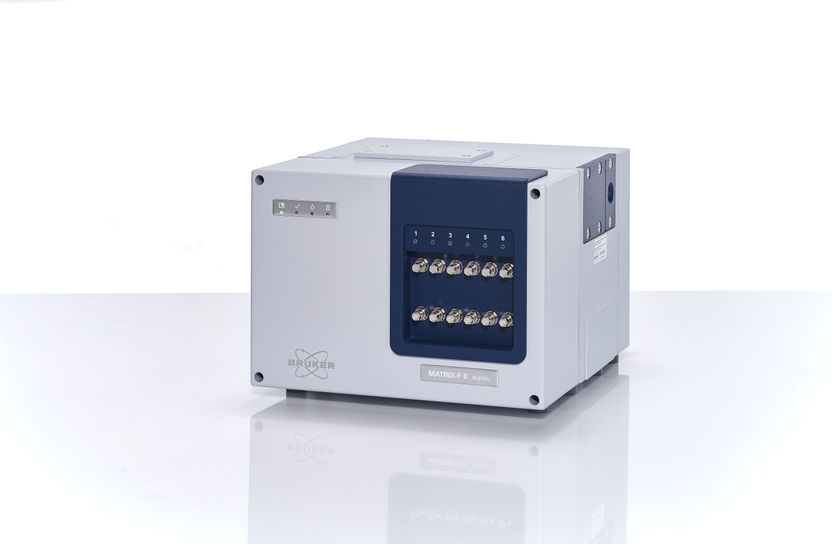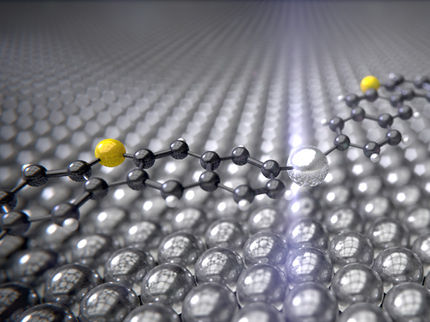New nanomethod paves the way for new measuring technology and hypersensitive sensors
Researchers at Chalmers University of Technology in Sweden have developed a new measurement technology that makes use of optical resonances in nanoparticles. The method, which opens new possibilities in the field of catalytics, will be published in the journal Science for November and is already available in the Web edition Science Express.
Optical resonances in nanoparticles, so-called plasmon resonances, have been the object of intensive research and development for about a decade now for detection of biological molecules and in optoelectronics.
The Chalmers scientists can now show that plasmon resonances in nanoparticles can be used to monitor reactions ON catalysts and for the design of sensors that are extremely sensitive.
The article is based on findings from doctoral work done by Elin Larsson and Christoph Langhammer. Co-authors are Igor Zoric and Bengt Kasemo, all in chemical physics at Chalmers.
The discoveries pave the way both for new measurement techniques in the nano field and the development of entirely new, hypersensitive sensors. With the new technology it will be possible to study catalysts in real time under realistic conditions, thus enhancing our knowledge of catalytic processes and helping develop new catalysts.
This helps bring down the use of both materials and energy in a number of processes and moreover reduces environmentally toxic emissions both from industry and vehicles.
Sensors are used daily in numerous areas, everything from medical diagnostics and control of industrial processes to combustion and catalytic cleaning of exhausts from vehicle engines. Today's sensors are often expensive and/or insufficient owing to short lifetimes, low selectivity and sensitivity, and lack of durability in demanding environments.
The new method is extremely robust and technologically simple, which will enable the development of inexpensive and robust sensors.
The research is continuing, targeting a number of diverse applications. Elin Larsson is further developing the method for the catalytic field at the Competence Center for Catalysis, KCK, at Chalmers.
Commercialization is being planned in the CleanSense Project, which was started within the framework of the Chalmers School of Entrepreneurship. The research has largely been pursued as part of the SSF-funded project Photoactive Nanostructures, and is now continuing in the Nanotechnology for Sustainable Energy Project, funded by the Chalmers Foundation and the Swedish Energy Agency.
Topics
Organizations
Other news from the department science

Get the analytics and lab tech industry in your inbox
By submitting this form you agree that LUMITOS AG will send you the newsletter(s) selected above by email. Your data will not be passed on to third parties. Your data will be stored and processed in accordance with our data protection regulations. LUMITOS may contact you by email for the purpose of advertising or market and opinion surveys. You can revoke your consent at any time without giving reasons to LUMITOS AG, Ernst-Augustin-Str. 2, 12489 Berlin, Germany or by e-mail at revoke@lumitos.com with effect for the future. In addition, each email contains a link to unsubscribe from the corresponding newsletter.
Most read news
More news from our other portals
Last viewed contents

Breakthrough: Previously unknown compound in chloraminated drinking water identified - Identifying the compound required a more complete understanding of chemistry and better analytical instrumentation

Development of simplified new mass spectrometric technique using laser and graphene

FT-NIR Prozess-Spektrometer MATRIX-F II | FT-NIR spectrometers | Bruker

Light-based device uses a few drops of saliva to effectively test Covid-19 patients
Roche acquires 454 Life Sciences to strengthen presence in ultra-fast gene sequencing

"Laser view" into the avocado: new method reveals cell interior - Research team develops method for recognizing cell properties

























































